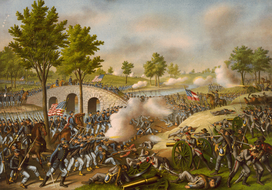 "Battle of Antietam" by Kurz & Allison
"Battle of Antietam" by Kurz & Allison So what exactly does expanding your facts mean? Well, there are many things you can do, and to show you I’ll talk about the American Civil War’s Battle of Antietam. I had to write on this subject for a 300-level university history course back when I was an undergraduate, and my paper wasn’t that good. Since I’ve begun doing more academic writing for other people, however, I’ve come to learn some really easy ways that I could have expanded upon the facts presented in the paper to not only make the academic writing more informative, but a better read as well.
Every student will say that the Battle of Antietam was fought in 1862 and that more than 22,000 people died, and your professor will be sick of reading that after about the first paper. You need to go over the facts, of course, but try presenting them in different ways. This is when academic writing can take on many of the traits and characteristics of good fiction writing and other, less academically rigorous non-fiction writing.
- “Antietam Creek started out like it did on any other given morning; the water was clean, refreshing, and crystal-clear. By the end of the bloodiest single-day of the Civil War, however, Antietam Creek was full of dead bodies and awash in blood. To see the creek that morning would have left a casual observer with no clue as to how it would look that evening, after more than 22,000 soldiers had died near its banks, nor would they have realized that what happened there that day would be just the sort of victory Abraham Lincoln felt he needed to issue his Emancipation Proclamation.”
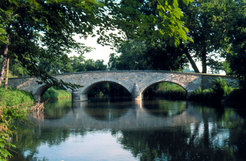
- “The Algonquian phrase, “swift-flowing stream” is where Antietam gets its name, and that swiftness is why many stone arch bridges span its length. The most famous today, but just one of many in 1862, is Burnside’s Bridge. Built of limestone and granite in 1836 by the Dunkers who lived in the area, the bridge was originally called the Lower Bridge, but would come to be called Rohrbach’s Bridge after the local farmer Henry Rohrbach. Measuring only 12ft wide, the bridge was ideal for getting all manner of people, animals, and agricultural goods to the other side, but not so well at getting hundreds of Union and Confederate soldiers across all at once.”
By simply expanding on the common facts given, you can really set your academic writing apart, and get a better letter-grade in the process.
Notes
McPherson, James M. Crossroads of Freedom: Antietam, The Battle That Changed the Course of the Civil War. New York: Oxford University Press, 2002.
Eicher, David J. The Longest Night: A Military History of the Civil War. New York: Simon & Schuster, 2001.
"Antietam.” Online Etymology Dictionary. http://www.etymonline.com/index.php?term=Antietam. Retrieved 4 April 2011.


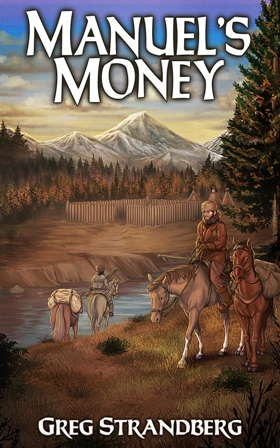
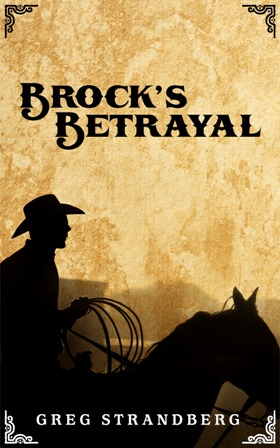
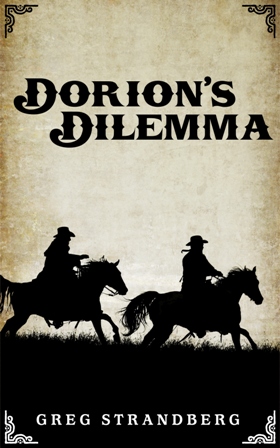
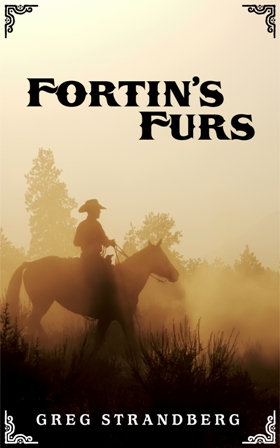
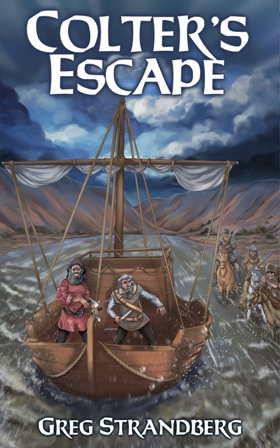
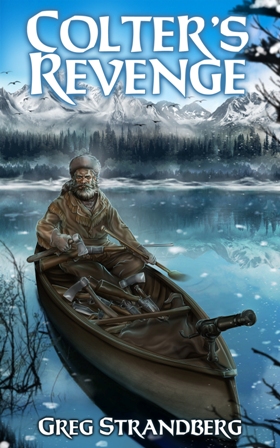
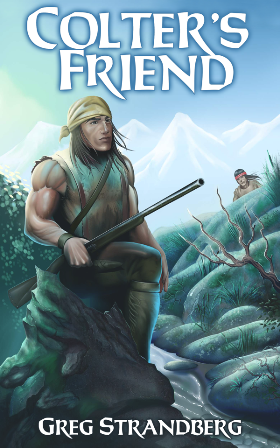
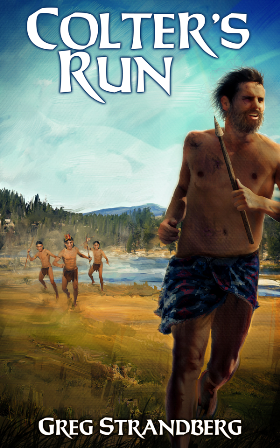
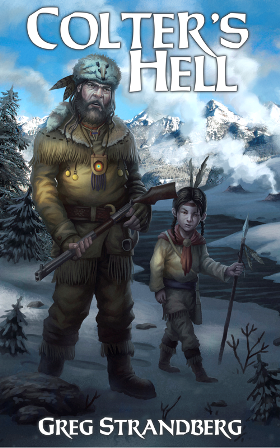
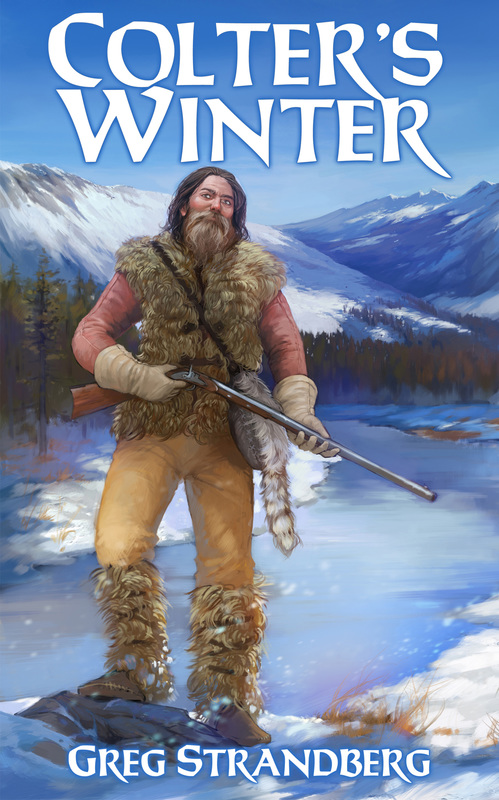
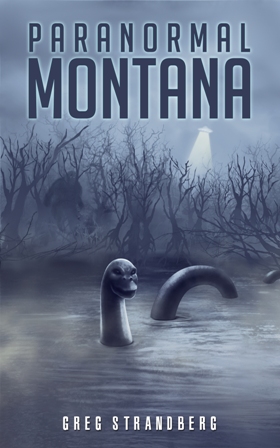
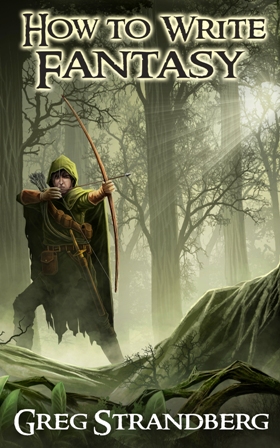

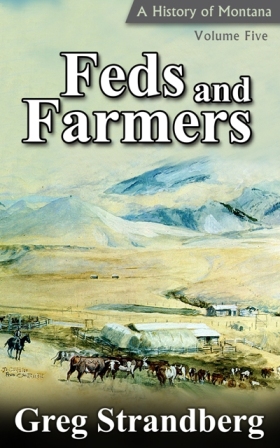
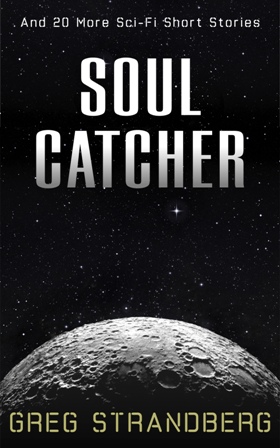
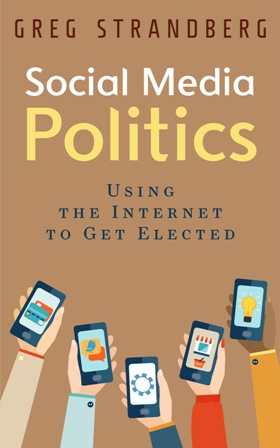


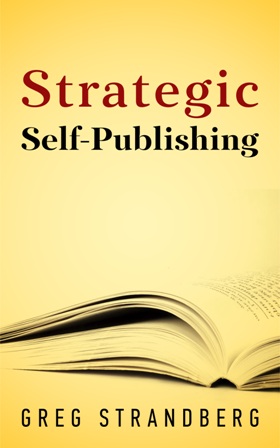
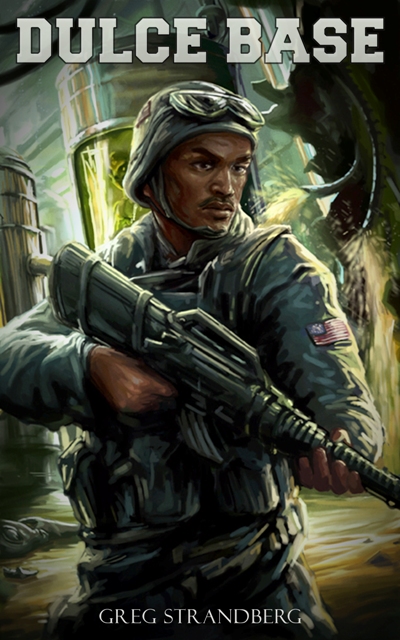
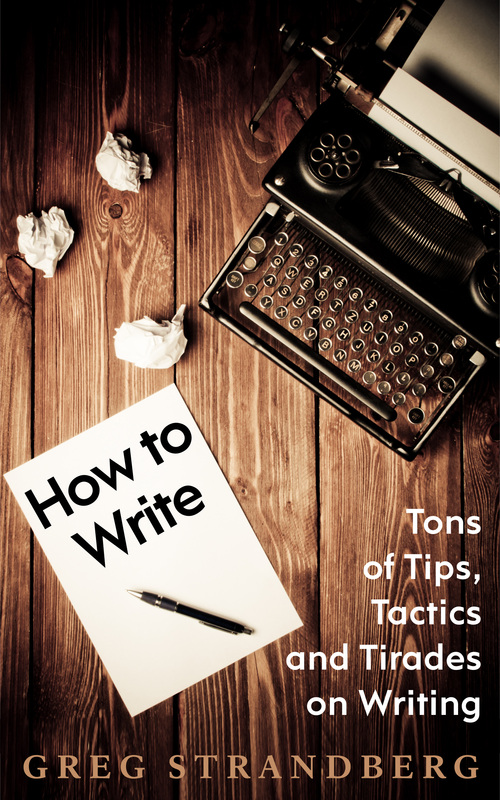
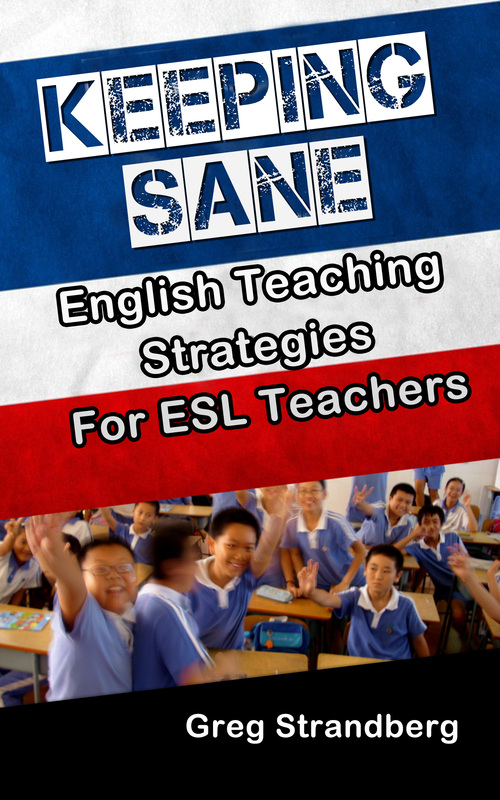
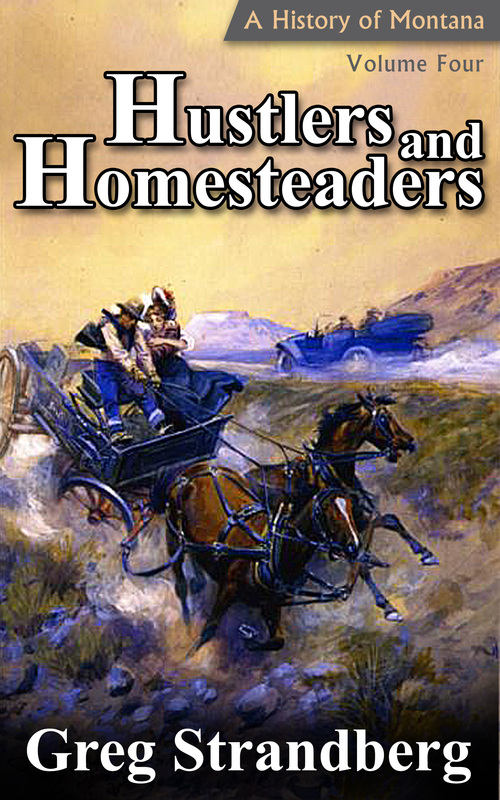
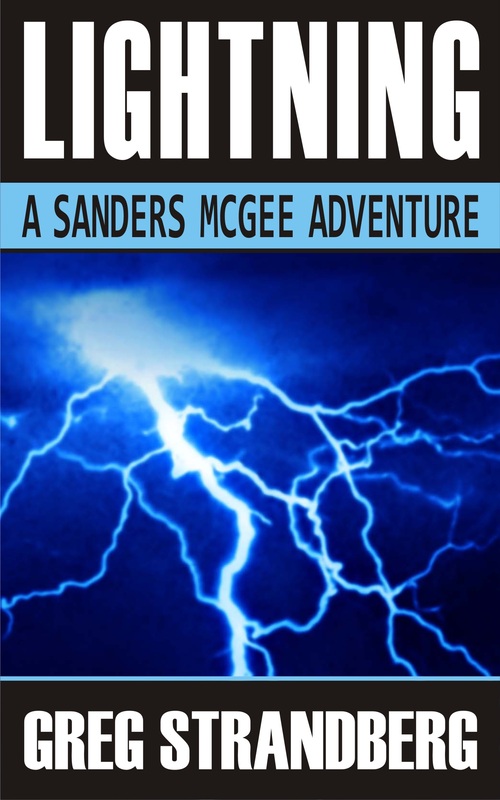
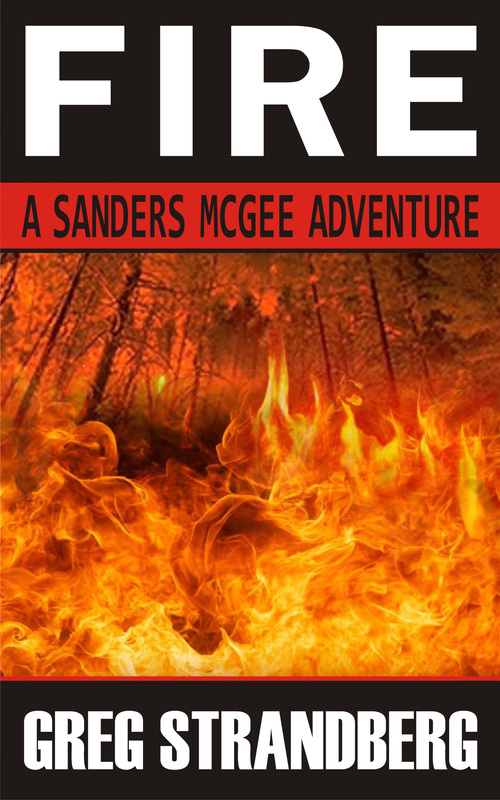

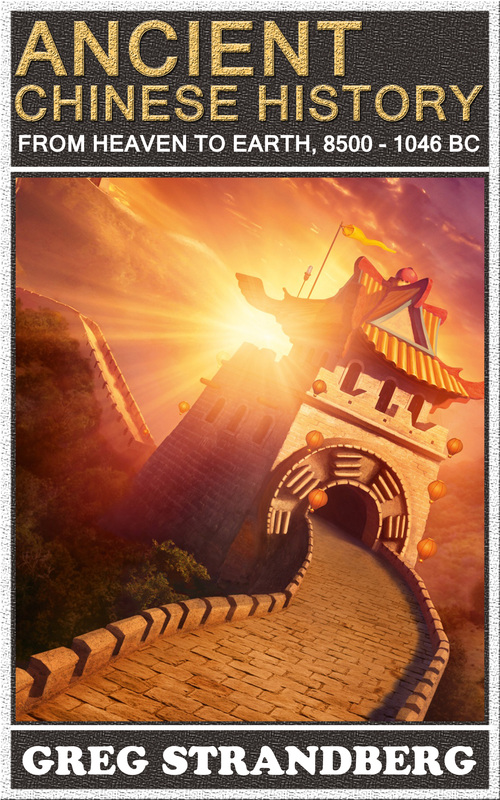

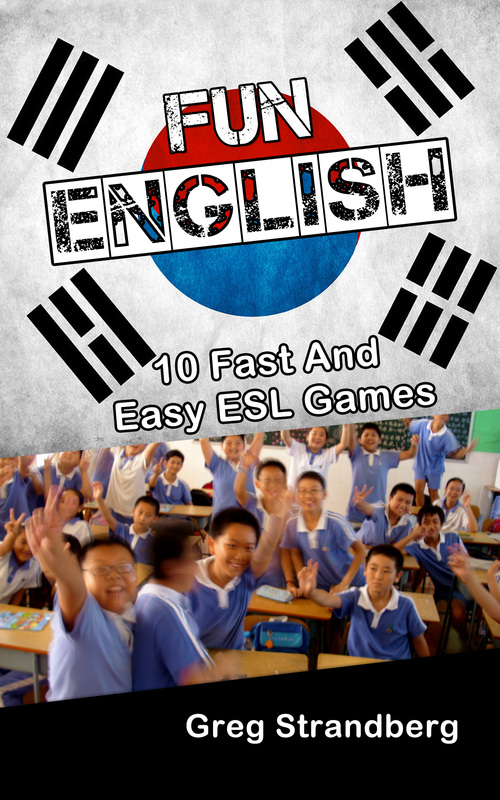
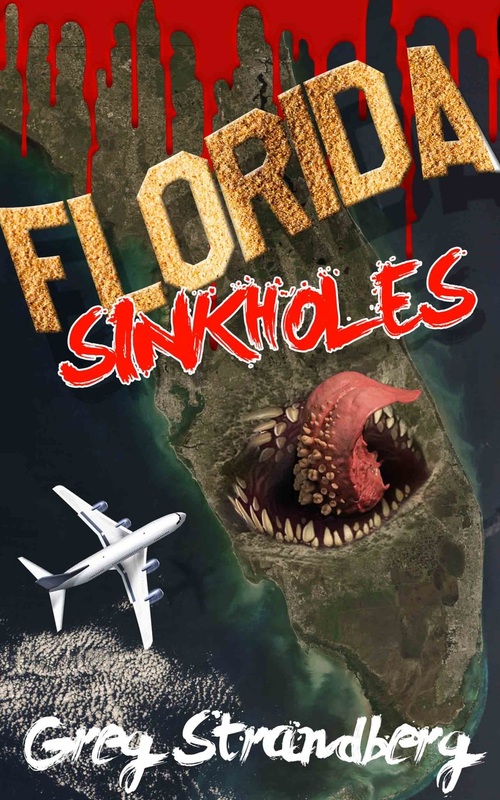
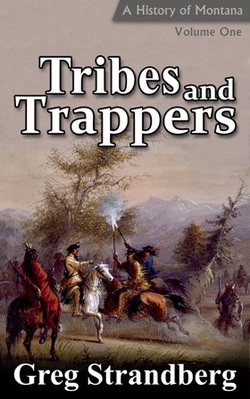
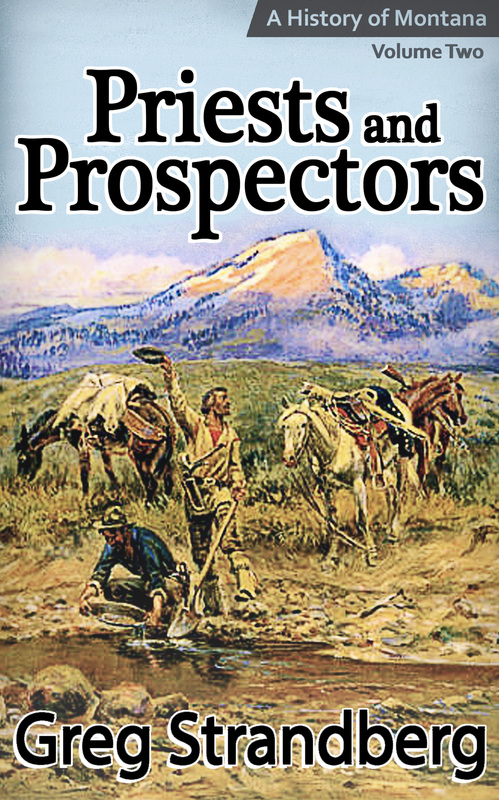
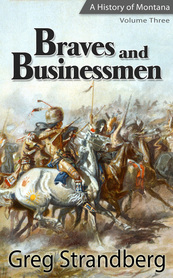
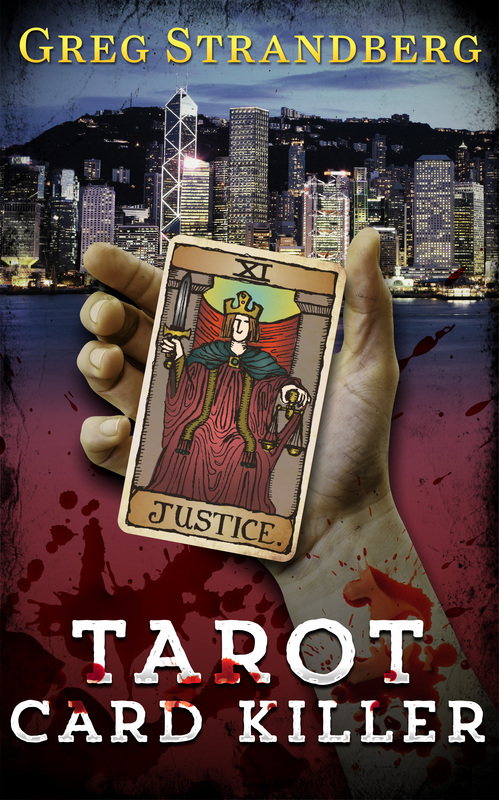


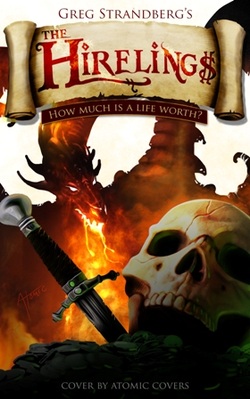

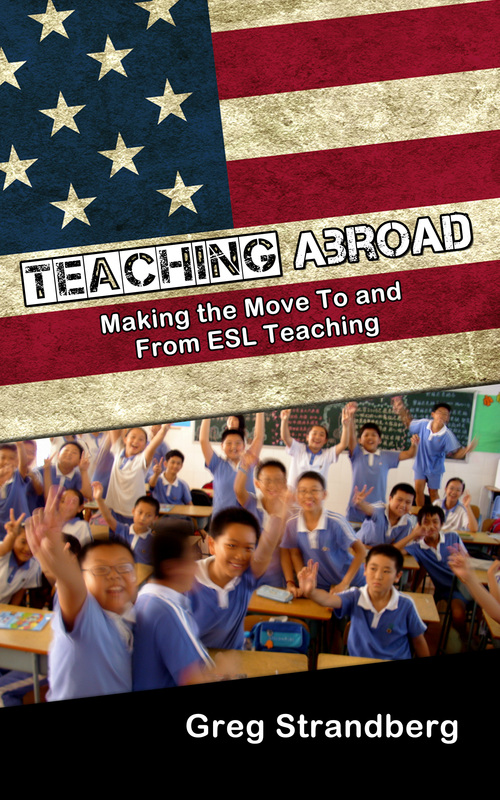
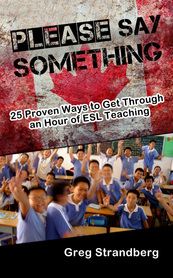
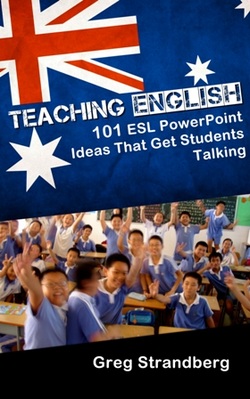
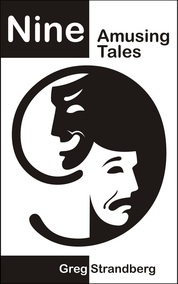
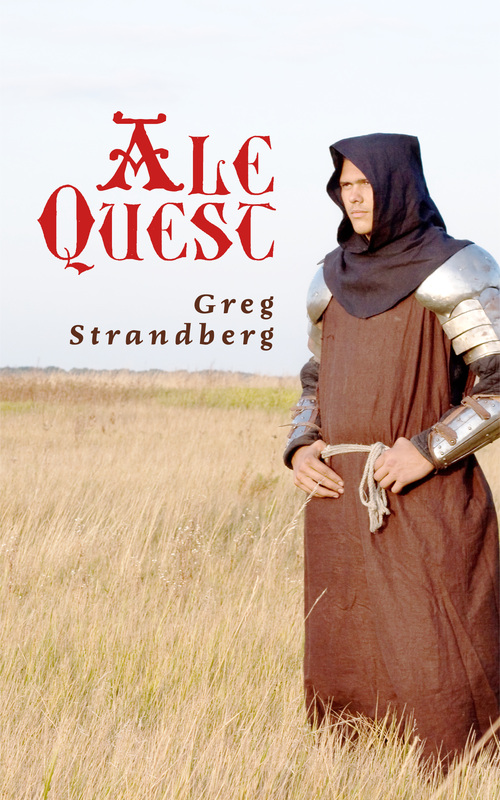
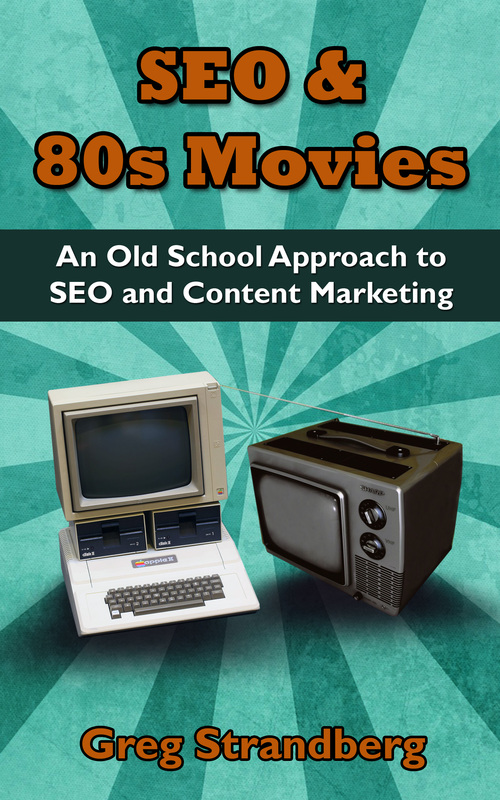
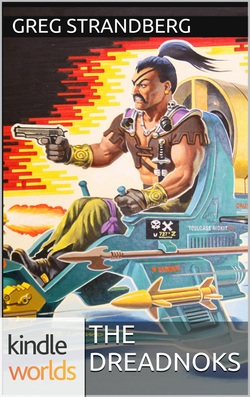
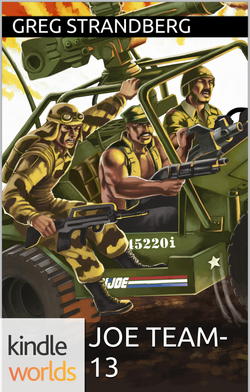
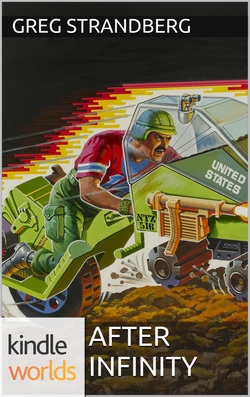

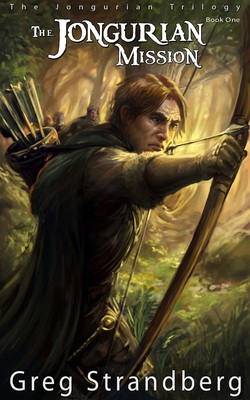
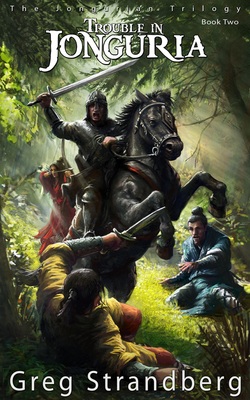
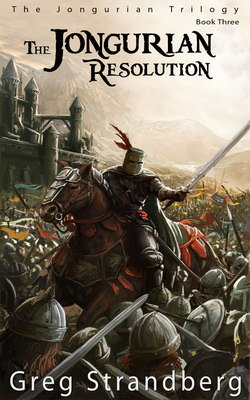
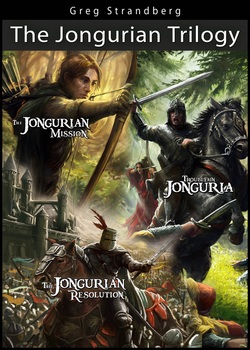
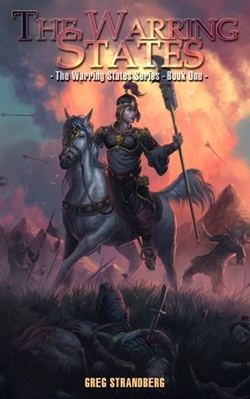
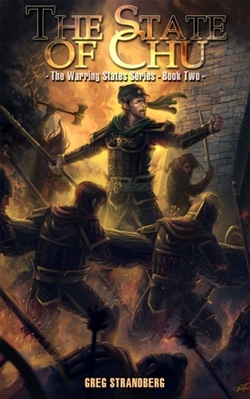
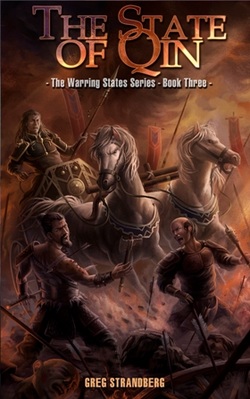
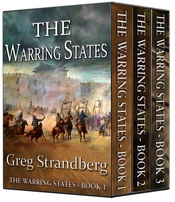

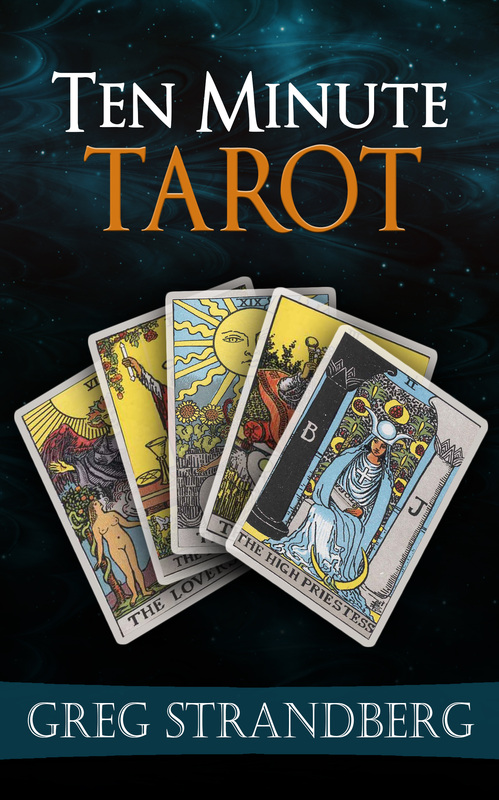
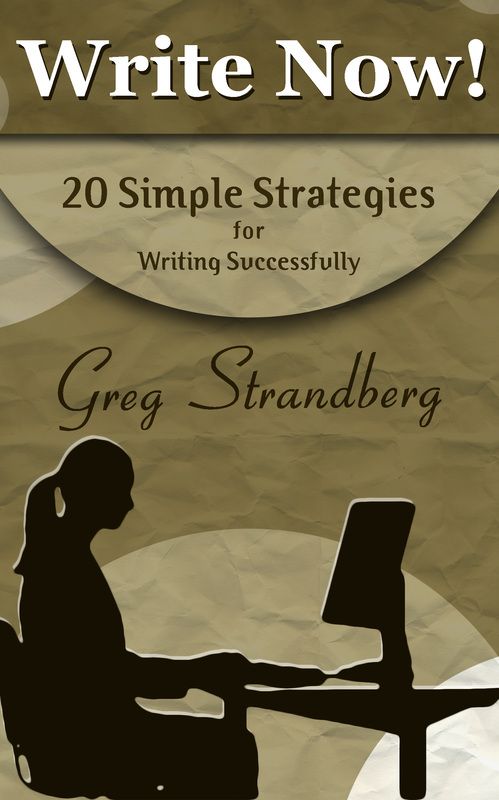


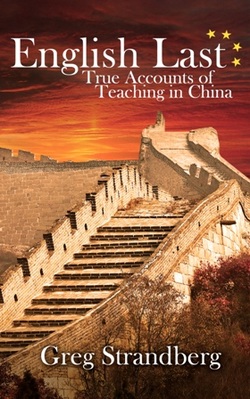








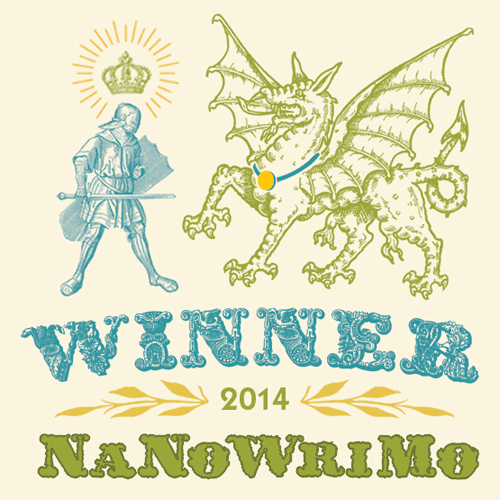
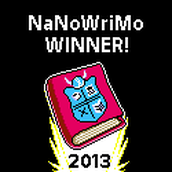
 RSS Feed
RSS Feed